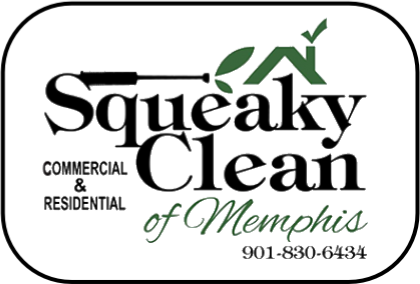Bartlett’s leafy streets are beautiful in autumn—but falling leaves, late-summer pollen, and sudden storms can leave gutters striped and driveways stained. A smart pre-fall clean clears water paths, restores curb appeal, and helps you avoid overflow and slippery walkways once the rain arrives. Here’s a surface-specific plan that protects landscaping, trim, and concrete while delivering a uniform finish from curb to porch.
Step 1: Inspect the water path
Start at the roofline and follow the route water takes during a storm. Look for dark vertical “tiger stripes” on gutter faces, debris packed behind downspout elbows, and splash zones where soil tracks onto the sidewalk. On the ground, flag oil drips at the parking spot, rust near irrigation, and leaf tannin shadows under the trees. Photograph a couple of “before” angles; you’ll use them to confirm results after the rinse.
Step 2: Gutter faces—restore the bright edge
Those black streaks on aluminum gutters are bonded oxidation and grime. They won’t lift with a quick rinse. The fix is a targeted cleaner, gentle agitation, and an even top-down rinse that avoids forcing water behind fascia or under drip edges. Work small sections so the chemistry doesn’t dry on the metal, and wipe the bottom lip so the clean gutter reads crisp against your trim.
Step 3: Downspouts & drainage—keep water moving
Clear leaves at the inlets, pull clogs from elbows, and verify that downspouts discharge onto splash blocks or into drains that actually carry water away. If runoff spills across your front walk, consider a short extension to redirect flow toward the street. A few minutes here prevents the striping and puddles that make concrete look dirty right after a storm.
Step 4: Concrete—uniform beats “wand art”
Bartlett driveways and sidewalks take a beating from traffic dust, sap, and tire shadowing. Pre-treat oil, rust, or tannins so chemistry does the heavy lifting, then use a surface cleaner for overlapping passes that dry to an even tone in daylight. Keep PSI within safe limits for residential slabs. Along steps and garage thresholds, switch to a wide-fan wand and hold a steady distance so edges look crisp without groove marks.
Step 5: Rinse direction & plant protection
Pre-wet beds, then rinse house-to-street so dirty water doesn’t backflow into mulch or track across your entry. Diversion pads or curb socks are your friends near landscaping. Keep solutions away from unsealed wood, door thresholds, and aging outlets. Finish with a neutralizing rinse on delicate shrubs where appropriate, and towel off lanterns or sills to prevent mineral spots.
Step 6: Safety & traction
Shady sections alongside yards and under trees can turn slick once the first cold front hits. Target those panels and confirm grip underfoot after the rinse. If stamped borders or pavers frame your driveway, reduce force at the edge to preserve joint sand; plan a re-sand once surfaces are fully dry if joints look low.
Step 7: Timing & weather
Book your exterior clean during a mild, dry window—ideally a few days before the first big fall rain cycle. That gives gutters time to dry, lets concrete cure without fresh debris, and keeps your entry streak-free for weekend guests or HOA drives.
What a professional visit includes
Expect a written scope, stain-specific pre-treatments, plant-safe chemistries, surface cleaners for uniformity, careful threshold work, and tidy water management. The walkthrough should verify bright, streak-free gutter faces, free-flowing downspouts, even concrete tone, and spotless glass and fixtures.
Want your Bartlett home storm-ready and bright from curb to porch?
Book Squeaky Clean of Memphis for expert pressure washing that protects plants, paint, and concrete. Keep the momentum with our next neighborhood guide: Raleigh Shade Fix: Mildew-Safe Pressure Washing for Siding.
